
Manifest Your Power
Discover the skill and psychology of getting what you desire.

Discover the skill and psychology of getting what you desire.
in Self
The mystical place of Ladakh goes by many names. Known as the Land of Light or The Roof of The World, it is a land of sweeping extremes. Located in the crosshairs of where Tibet, Kashmir, and Pakistan and India meet, photographer Yuri Andries chronicles life in the remarkable high passes of Ladakh.
You can drive for hours without seeing a soul.
Yuri Andries
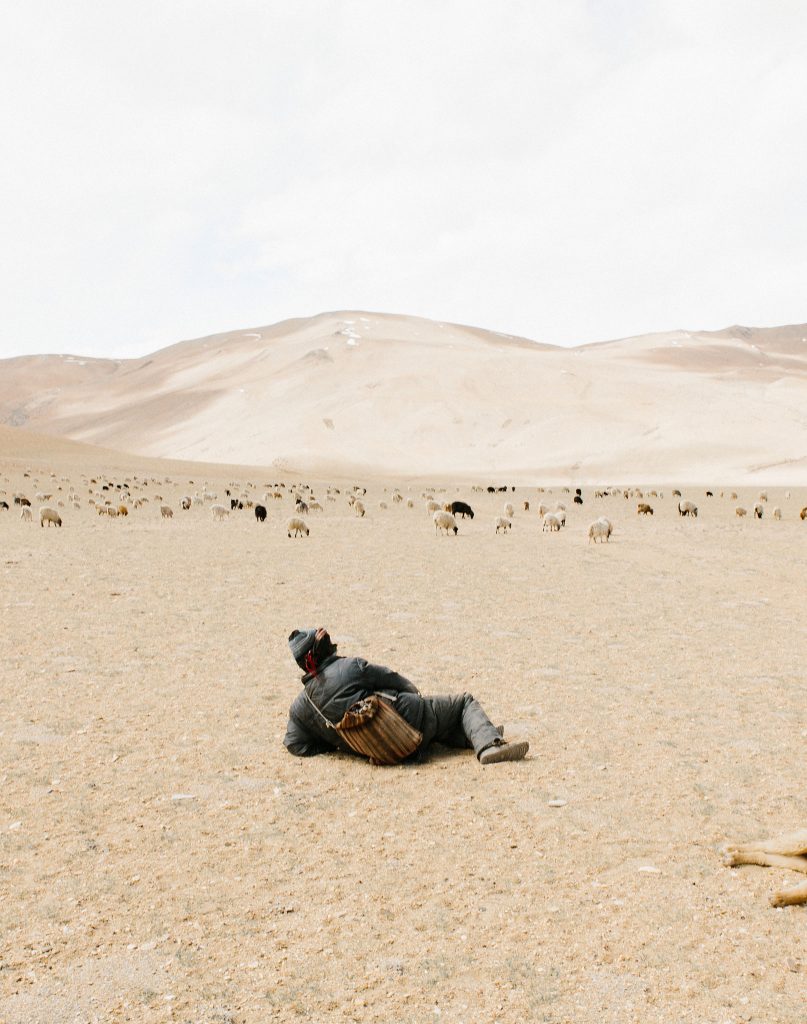
In 2018, Photographer Andries rented a motorbike and set off to traverse the lunar- like terrain of Ladakh. The journey through the Himalayan basin extends the length of 232 kilometers, where cresting peaks of rock formations dip into billowing patches of verdant green. Shadowed by the Indian Himalayas, life in Ladakh is a delicate dance with the inhospitable climates of the region. In the summer, temperatures soar to a sweltering 35 degrees, but in the winter, temperatures in the region plunge to – 35 degrees below freezing.
“When you think of India, you think of bright colours, dense population, pollution, noise, chaos,” says Andries, “but Ladakh is the opposite of those things.” Before the 1970’s, the region of Ladakh was sealed off to the outside world. The absence of official transport links or communication networks made the region one of the most remote places in the world. Isolated for centuries in the basin of the Himalayas, the Ladakh people have learned to eke out a self-sufficient existence; many relying on the seasonal harvest of local grain and animals for their livelihood. Inventive methods of harnessing renewable energy also make life a little easier for the locals. Many farmers utilise systems of irrigation, redirecting winter snows to freeze in geysers that melt slowly and water summer crops.
In a place situated in the unruly regions of rebellion and conflict, the people of Ladakh negotiate a fragile peace. Drawing on spiritual influences from Tibet, Kashmir and Central Asia, religion flourishes as an ethical tool to instruct unity and cultivate acceptance. “I spoke to many people,” says Andries, “and the most I got was “It’s just one God. He thinks it’s Allah, and he thinks it’s Buddha, but it’s just the same.” In his journey, many villagers welcomed Andries into their home, offering respite from his travels by extending local meals or a place to rest. “It’s special,” he says, “when you don’t speak the language. You have to exchange a sense of trust just being in each others company.”
Every year, people travel to Ladakh moved by a strong sense of discovery and awe at the unknown. In 2009, when the Bollywood film “Three Idiots” was released, fans of the movie made pilgrimages to the region, determined to visit local landmarks featured in the movie. “Now every Indian wants to see Ladakh,” says Andries. Since completing his journey, Andries still looks on the region struck with the same sense of awe.“ If you stop the bike you hear nothing. Then suddenly there’s a golden eagle circling above your head, and it’s just you and the eagle. It’s magic.”
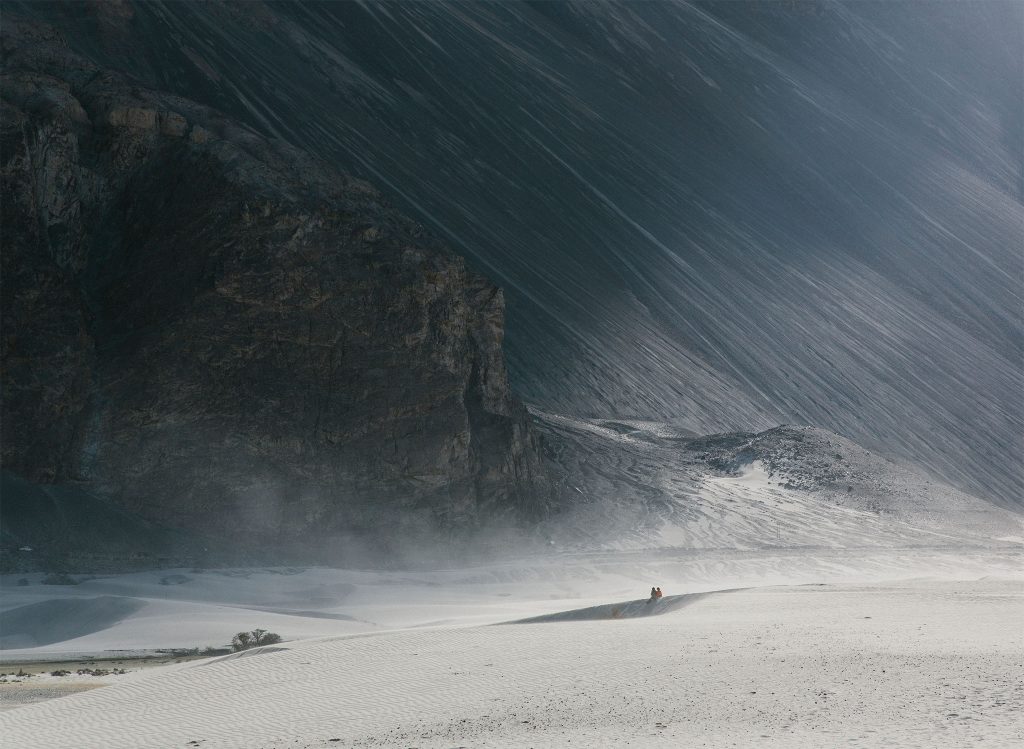
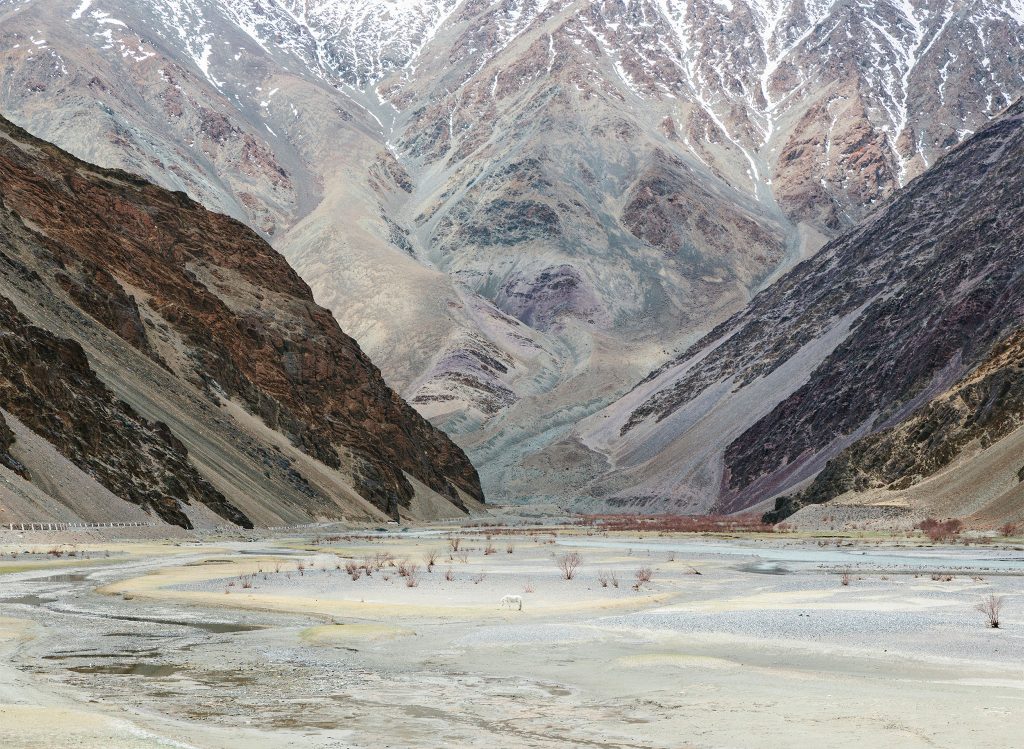

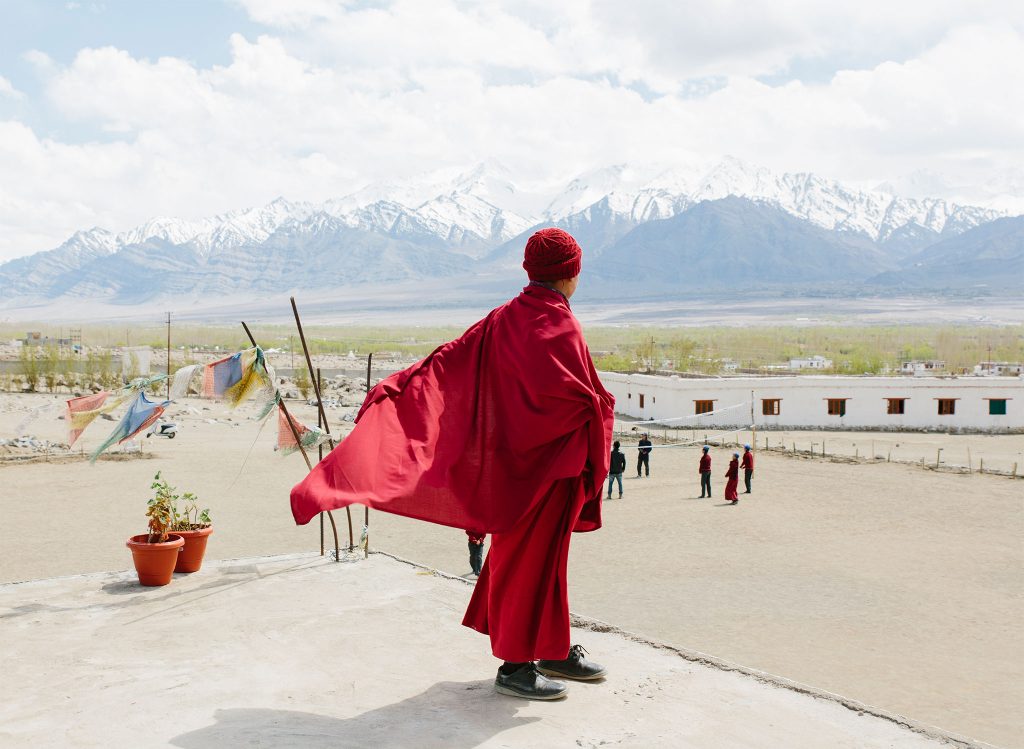
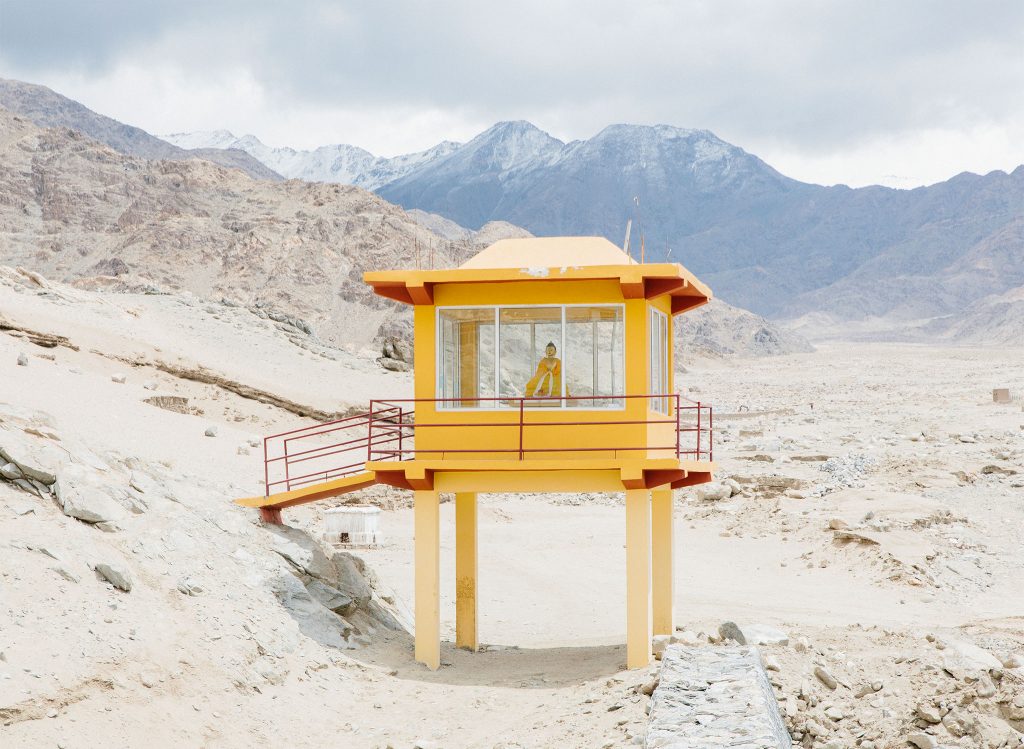
Yuri Andries is a photographer based in Ghent, Belgium. The artist works both close to home, or travels miles away to explore unknown territory. He holds an MA in Graphic Design from the Royal Academy of Fine Arts in Ghent. During his Graphic Design studies, he developed an interest in photography, fascinated by the medium’s tense relation to reality and its function both as a documentary medium and a means to stimulate the imagination. Visit his site here for more information.

Article from the issue :